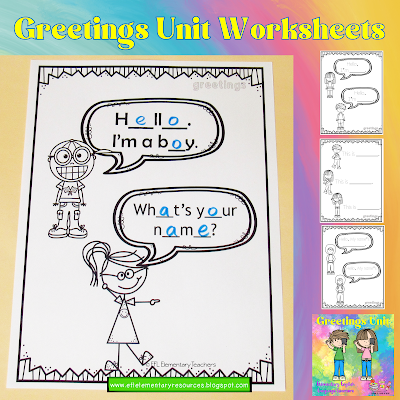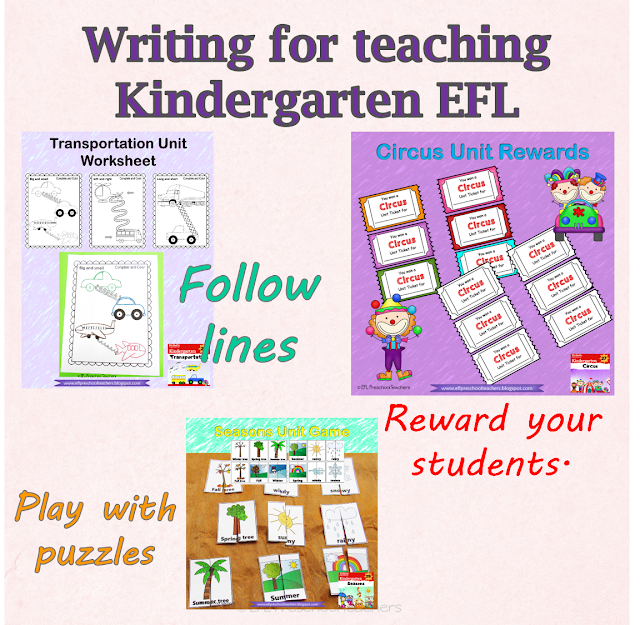Greetings and Farewwells Resource
This resource is for teaching starters or Elementary English Language Learners. It comes with flashcards, small cards, worksheets and a flap book with a focus on promoting communicate language.
Find it by clicking here: https://www.teacherspayteachers.com/Product/Greetings-Unit-for-Elementary-English-Language-Learners-9663484
This is usually the first class with your Elementary English Language Learners. Prepare your students to use greetings and introductions.Prepare your students for cultural awareness.
Greet your students with your hand as you
wave your hand to say Hello! Or hi! Have the class greet each other.
Introduce yourself by writing your name on the
board and touching yourself and saying: My name’s _____.
Greetings Unit Flashcards
Use the downloadable Greetings flashcards for
the language functions on how to use the greetings: Hi!, Hello! And to introduce oneself.
Impulse communication skills. Put the Greetings flashcards around the classroom. Point to one and say:
Hi, I am Tina.
Encourage your students to point to other
flashcards and read the sentence and say a similar one to introduce themselves.
Display
any of the flashcards with simple dialogues around the room and say the word or sentence. Have a
student go and point to the correct one. Perfect for language practice.
Then, ask questions: What's her name?Student: Erika
Make craft
stick puppets with the small cards. Use them to ask questions:
Is she a girl?
Students: Yes, she
is.
This
one can be to greet the students and have them answer.
Make a stick puppet by cutting the person on the flashcard or small card and adding a straw. Elicit and ask questions to your students.
Greetings Unit Worksheets
More language to practice with this set of worksheets for guided writing practice. It is for asking and answering questions. It has trace and write the new words.
How are you? I am fine, thanks. Students can work in pairs and
perform the dialogue.
Write the vowels worksheet. Students will do a little
spelling here by filling in the blanks with the vowels.
This is
a worksheet to give information about oneself. Present student the language for asking people's name. Students should also be able to give their name.
The selfie worksheet. Students
can draw themselves in the phone screen template or cut a famous person from a magazine.
Then, complete the sentences. Have them produce the language: I’m+name. /My name’s__
If your students are more into writing texts on their own, these worksheets are great for them. They will write information about themselves. Students can take turns showing their work to small groups or to the class.
Social interaction can be done as students can walk around with their worksheet asking the question: What’s your name? and writing down the answer.
Questionnaires are interactive and encourage active
participation. Students will actively engage in collecting
data and practice all language skills
Students
can make their name card for their desks or print the ones available in this
resource. When all the name cards are on the desks, have a group of students
stand up and walk around the classroom greeting the students by their name that
are sitting down.
Another activity would be: Point to a name card and drill the questions: What is his/her name?
Class: His name is David.
A wrap up activity to make this greetings flap book. This kind of book will focus on cross-cultural learning into how we greet in another language.
Print both pages for each student. Have them staple on
the side and cut along the horizontal lines from the first page to make the
flaps.
Students will answer to all to all the phrases or questions on the front flap.
Have
your students play with another student reading and answering what is written
on the other side of the flap. They can take home the flap book to ask
questions to their family members.
There's a video to see the complete activity.













.png)

.png)







.png)
.png)
.png)














































